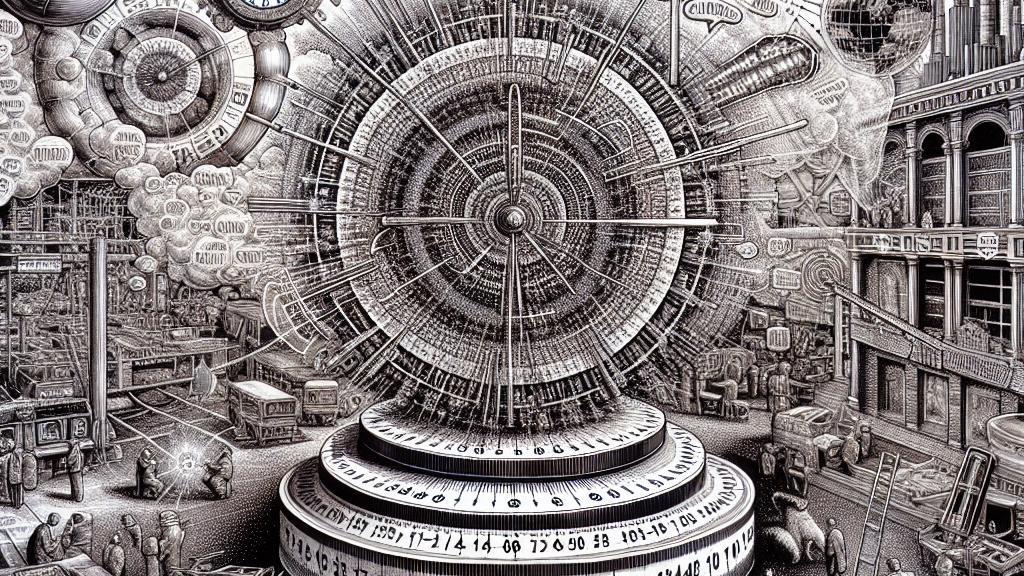The Future of Timekeeping: Achieving Unprecedented Accuracy
Overview
- Innovative breakthroughs may soon redefine the second, moving beyond the well-known cesium-133 atom to those with higher, faster frequencies.
- State-of-the-art atomic clocks are fine-tuning accuracy, with the potential to revolutionize time synchronization worldwide.
- Technological advancements, such as frequency combs, are crucial for refining measurement techniques and broadening their applicability.

A Transformative Shift in Timekeeping Technology
Imagine a scenario where the very definition of a second undergoes a radical transformation! In the United States, brilliant researchers are on the verge of redefining this fundamental unit of time. Historically, we’ve relied on the cesium-133 atom, an intricate choice made in 1967, to mark seconds. But here’s the twist: by transitioning to atoms that vibrate at staggering higher frequencies, we could achieve a level of accuracy we previously considered unattainable. Why does this shift matter? Because it could genuinely revolutionize everything from GPS navigation systems—ensuring you never take a wrong turn again—to the swift execution of high-stakes financial transactions on global markets. Think of it like upgrading from a sluggish old dial-up connection to lightning-fast fiber optics; precision timing becomes the backbone of modern technology and society.
Precision's Role in Industry Transformation
Let’s dive into the fascinating advancements taking shape at institutions like the National Institute of Standards and Technology (NIST), where visionary scientists are conducting groundbreaking comparisons of optical atomic clocks that operate at astonishing frequencies. Each tick of these clocks resonates with remarkable accuracy, functioning almost like the beats in a well-conducted symphony. For instance, by utilizing frequency combs—powerful laser devices that generate a spectrum of light frequencies—researchers can synchronize these atomic clocks over vast distances, deftly counteracting obstacles presented by atmospheric turbulence. Picture this: conducting a conference call with colleagues around the world and hearing their voices as if they were right next to you. This leap in accuracy doesn’t just benefit scientists; it opens doors for innovations across industries like telecommunications, healthcare, and even aerospace, to improve overall efficiency and effectiveness.
The Broad Implications for Our Future
Now, you might wonder, why should this matter to you? The implications of these remarkable changes stretch far beyond the lab—imagine a world where your GPS can track your location with pinpoint precision, or banking transactions occur in a split second without a hint of error. As scientists work to synchronize these advanced atomic clocks on a global scale, notably, the potential for international collaboration enhances. This synchronization promises to lead to radical advancements in scientific research, environmental monitoring, and even disaster response. Moreover, as we refine our ability to measure and interpret time with unprecedented accuracy, we inevitably reshape our relationship with technology and one another. In essence, we're not just witnessing an upgrade; we're on the brink of a revolution that could redefine how we navigate our lives, solve complex global issues, and connect as a global society. This allure of possibility encapsulates the excitement of innovation—not just for scientists, but for all of humanity.

Loading...